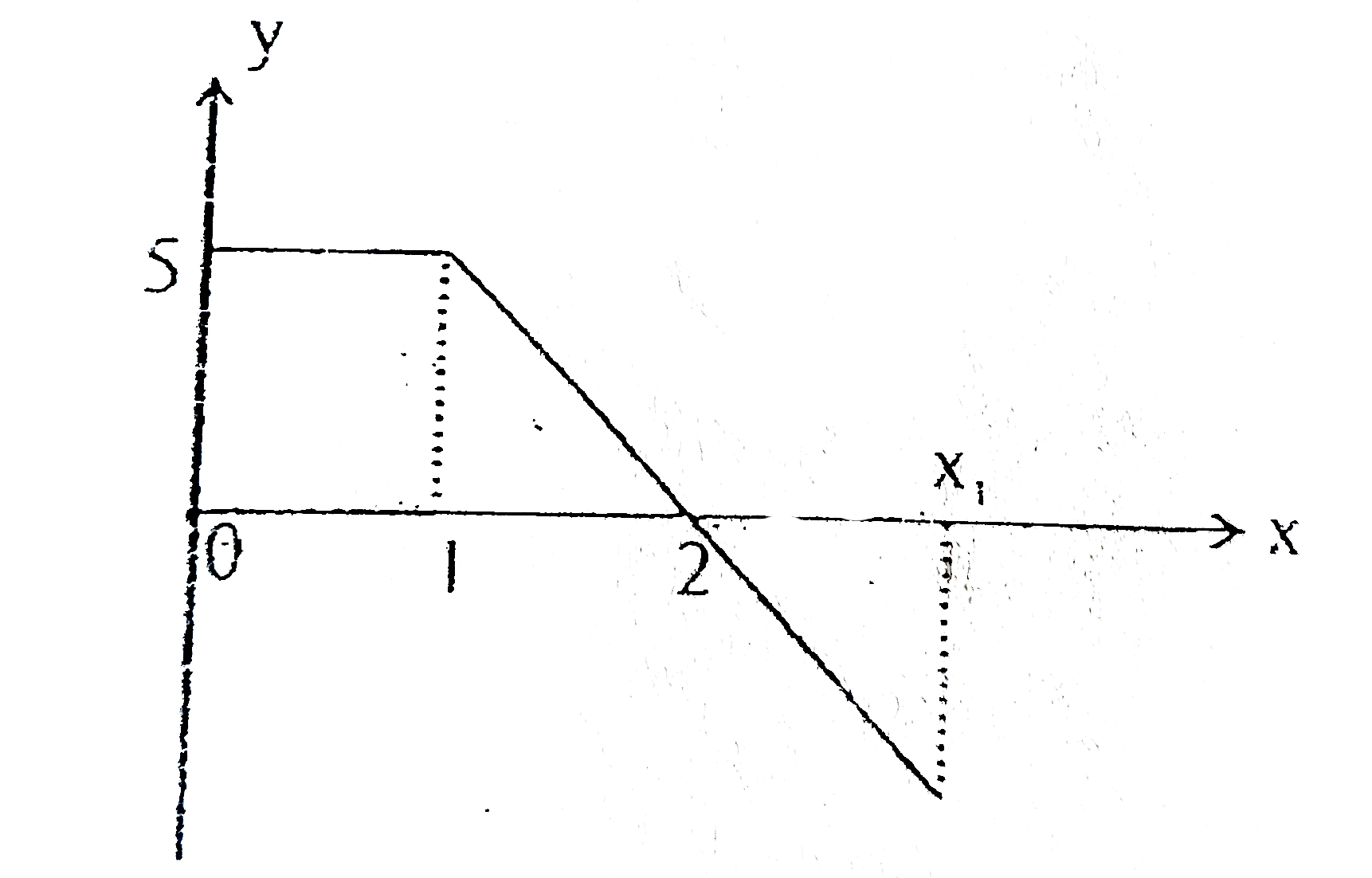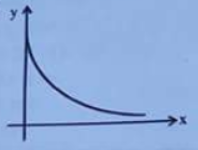If the velocity of a paraticle moving along x-axis is given as v=(4t2+3t=1)m/s then acceleration of the particle at t=1sec is :Solution in Gujrati
The correct Answer is:11m/sec2
Step by step video & image solution for If the velocity of a paraticle moving along x-axis is given as v=(4t^(2)+3t=1)m//s then acceleration of the particle at t=1sec is : by Physics experts to help you in doubts & scoring excellent marks in Class 12 exams.
Updated on:21/07/2023Topper's Solved these Questions
- RACEBook:ALLEN Chapter:RACEExercise:Basic Maths (Integration)
Explore 12 Videos
- RACEBook:ALLEN Chapter:RACEExercise:Basic Maths (Graphs))
Explore 28 Videos
- RACEBook:ALLEN Chapter:RACEExercise:Basic Maths (Trigonometry)
Explore 22 Videos
- NEWTONS LAWS OF MOTIONBook:ALLEN Chapter:NEWTONS LAWS OF MOTIONExercise:EXERCISE-III
Explore 28 Videos
- SIMPLE HARMONIC MOTIONBook:ALLEN Chapter:SIMPLE HARMONIC MOTIONExercise:Example
Explore 1 Video
Similar Questions
Find the value of x1, so that ∫x10ydx=5

View SolutionWhich of the following equation is best representation of following graph's?

View SolutionConvert the angle from degree to radian :
(a) 30∘(b) 45∘(c) 60∘(d) 90∘(e) 120∘(f) 135∘(g) 210∘(h) 270∘(i) 315∘
View SolutionAssertion: The driver in a vechicle moving with a constant speed on a straight road is in a non-inertial frame of referance.
Reason: A reference frame in which Newton's laws of motion are applicable is non-inertial.
View SolutionA rod with rectangular cross section oscillates about a horizontal axis passing through one of its ends and it behaves like a seconds pendulum, its length will be
View SolutionIf the velocity of the a particle moving on x-axis is given by v=3t2−12t+6. at what time is the acceleration of particle zero ?
View SolutionA particle is moving with a velocity of vec(v)=(3hat(i)+4that(j))m//s . Find the ratio of rangential acceleration to that of total acceleration at t=1sec
View SolutionThe velocity of an object moving rectillinearly is given as a functiion of time by v=4t-3t^(2) where v is in m/s and t is in seconds. The average velociy if particle between t=0 to t=2 seconds is
View SolutionIf the velocity of a particle moving along x-axis is given as v=(3t2−2t) and t=0, x=0 then calculate position of the particle at t=2sec.
View Solutionএকটি বস্তুকণা x-অক্ষ বরাবর যাচ্ছে এবং কোনো মুহূর্তে তার সরণ হল, x(t)=2t3−3t2+4t (SI এককে) কণাটির ত্বরণ যখন শূন্য হবে তখন তার বেগ হবে
View Solutionकिसी कण का त्वरण a=3t2+2t+2m/s2 द्वारा दिया जाता है, यहाँ t समय है। यदि कण t=0 पर v= 2 मी/सै से चलना प्रारम्भ करता है, तब 2 सैकण्ड पश्चात् कण का वेग होगा
View SolutionA particle moves along x-axis and its displacement at any time is given by x(t)=2t3−3t2+4t in SI units. The velocity of the particle when its acceleration is zero is
View SolutionA particle moves along X-axis and its displacement at any time is given by x(t) = 2t^(3) -3t^(2) + 4t in SI units. The velocity of the particle when its acceleration is zero, is
View SolutionThe equation of motion of particle is described in column-I . At t=0 particle is at origin and at rest {:("Column-I"," Column-II"),("A) "x=3t^(2)+2t,"P) Velocity of particle at "t=1sec " is " 8m//s),("B) " V=8t,"Q) Particle moves with uniform acceleration"),("C) "a=16t,"R) Particle moves with variable acceleration"),("D) "V=6t-3t^(2),"S) Acceleration of the particle at " t=1 " is " 2 m//s),(,"T) Particle will change its direction of motion"):}
View SolutionIf the position vector of a body performing rectilinear motion is given by →r=3t2ˆi+4t2ˆj m. Find the velocity and acceleration of the particle at t= 1sec.
View Solutionकण का वेग v(t)=t3+2t+1 द्वारा दिया जाता है
t=1sec समय पर कण का त्वरण ज्ञात करो।
View Solution